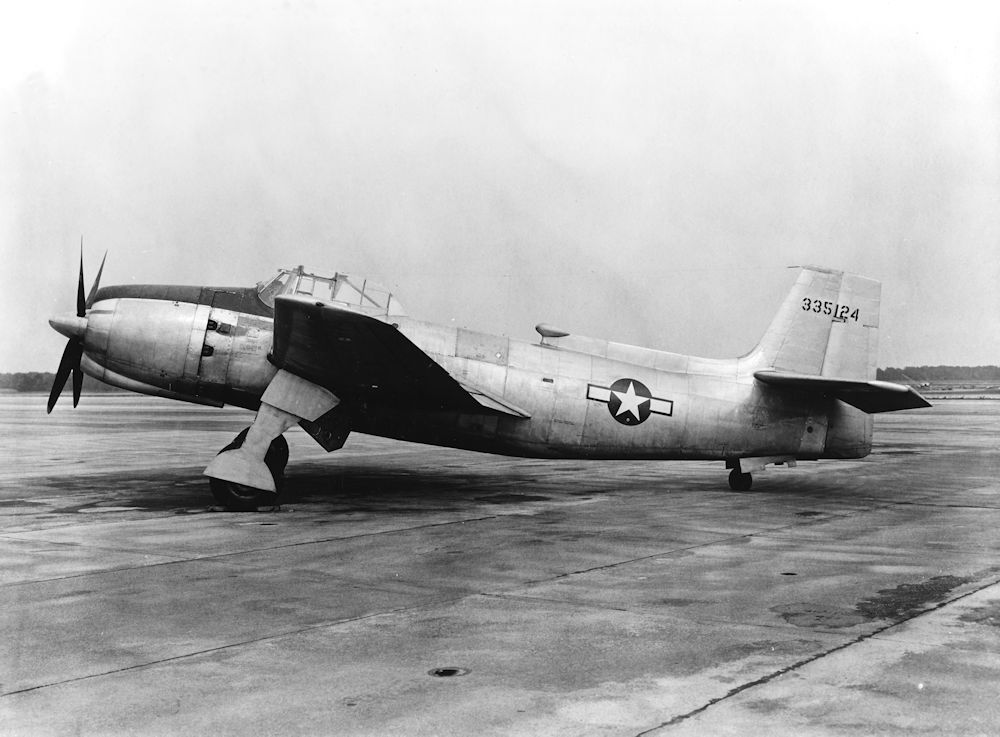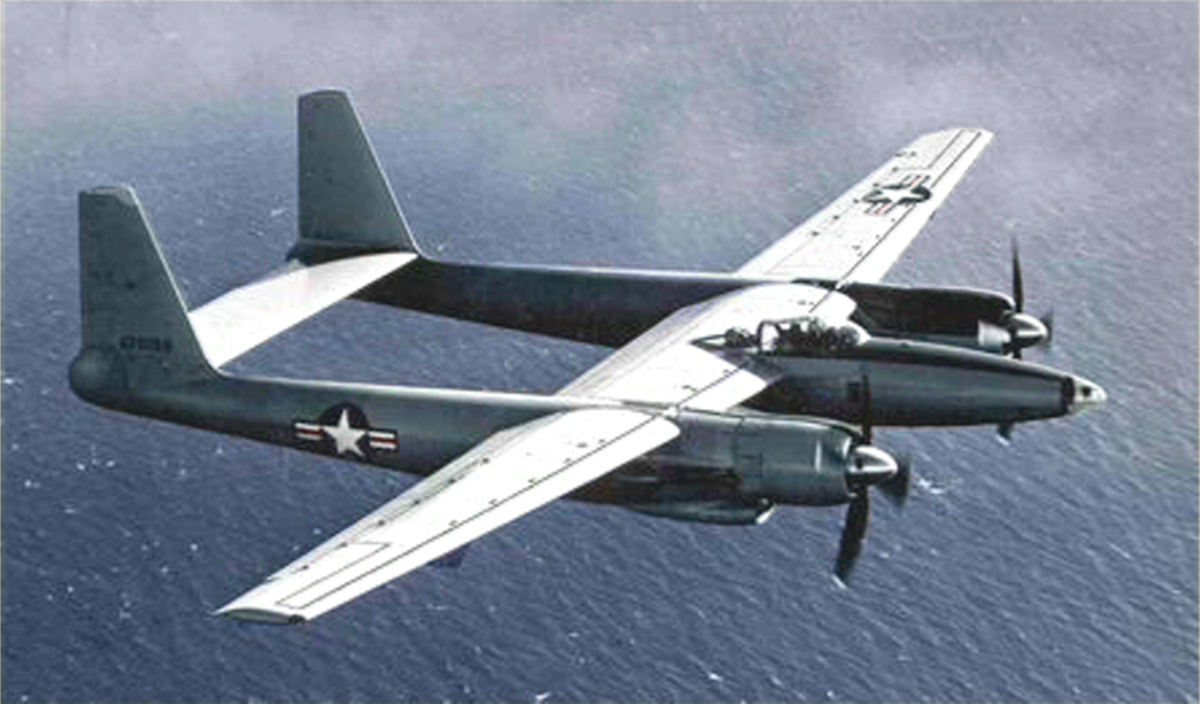Tag: aeroplane
-
Vultee XA-41 Dive Bomber

Vultee XA-41 Originally designed as a dive-bomber, the role of the Vultee XA-41 was changed to a low level attack aircraft when the USAAF decided that dive bombers were too vulnerable. Changing priorities and the coming end of the Second World War saw the order for two prototypes changed to just one. The only prototype… Read more
-
Hughes XF-11 Reconnaissance Aircraft

Hughes XF-11 The Hughes XF-11 was a prototype reconnaissance aircraft designed for the United States Army Air Forces (USAAF). Although 100 aircraft were ordered in 1943, the program was delayed beyond the end of the Second World War, rendering it surplus to the USAAF needs and it was cancelled. The first of two prototypes (serial… Read more
-
CAC Wirraway

CAC Wirraway Produced in Australia from 1939 to 1946, 755 Wirraways were built for the RAAF. Initially serving as training aircraft, they were also used for army co-operating and in the desperate early years of the Second World War as a fighter. Newcastle Williamtown Air Show November 2023 CAC CA-16 Wirraway A20-653 CAC CA-16 Wirraway… Read more